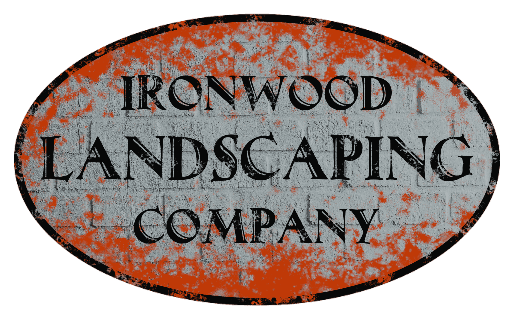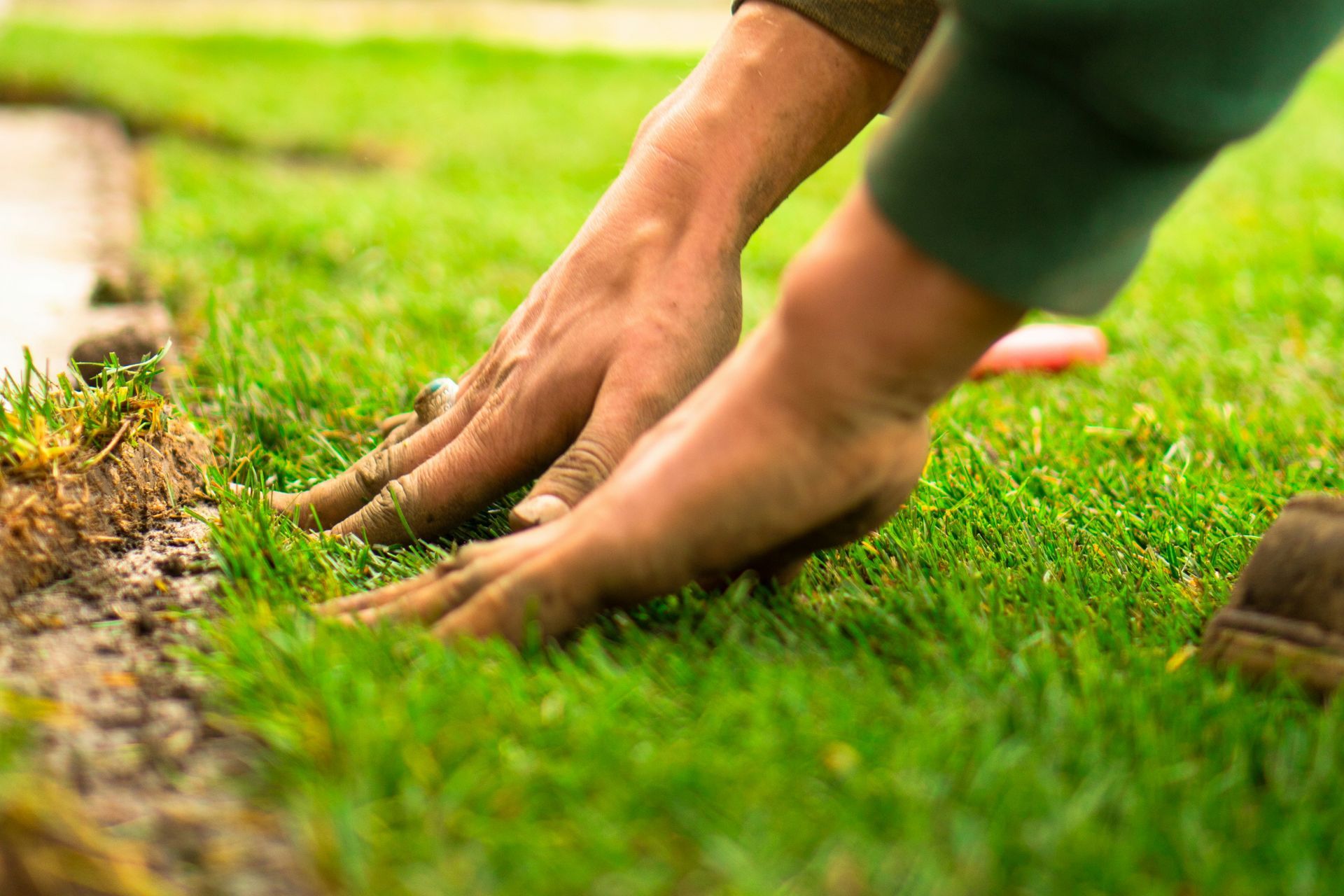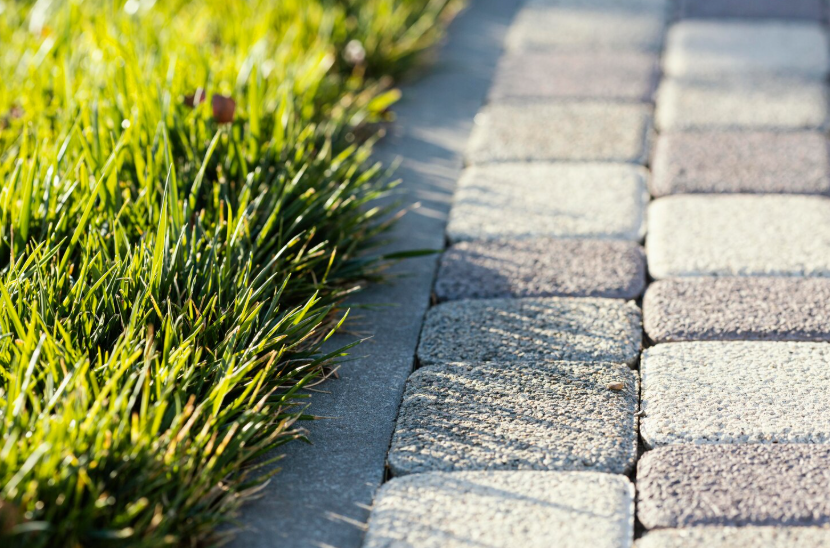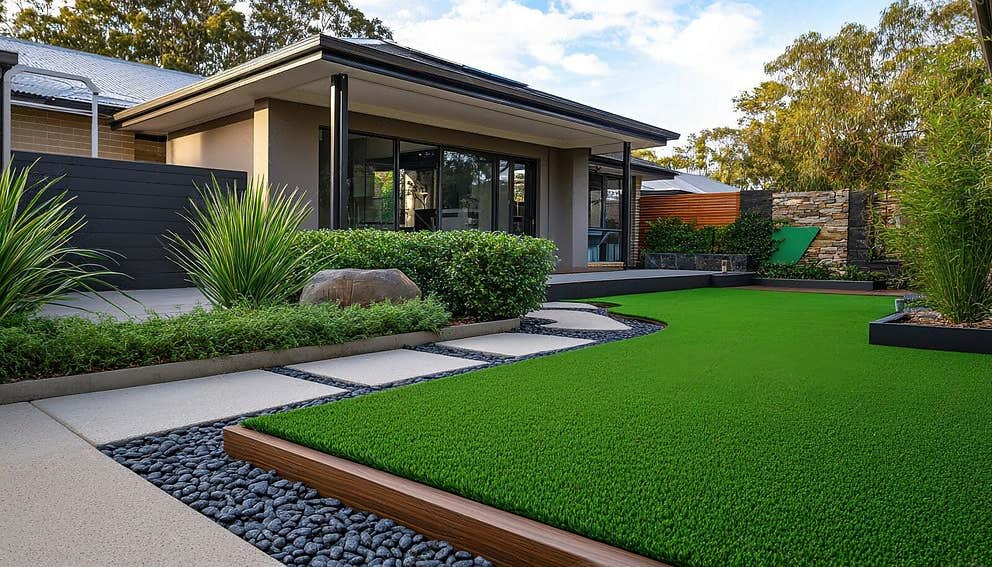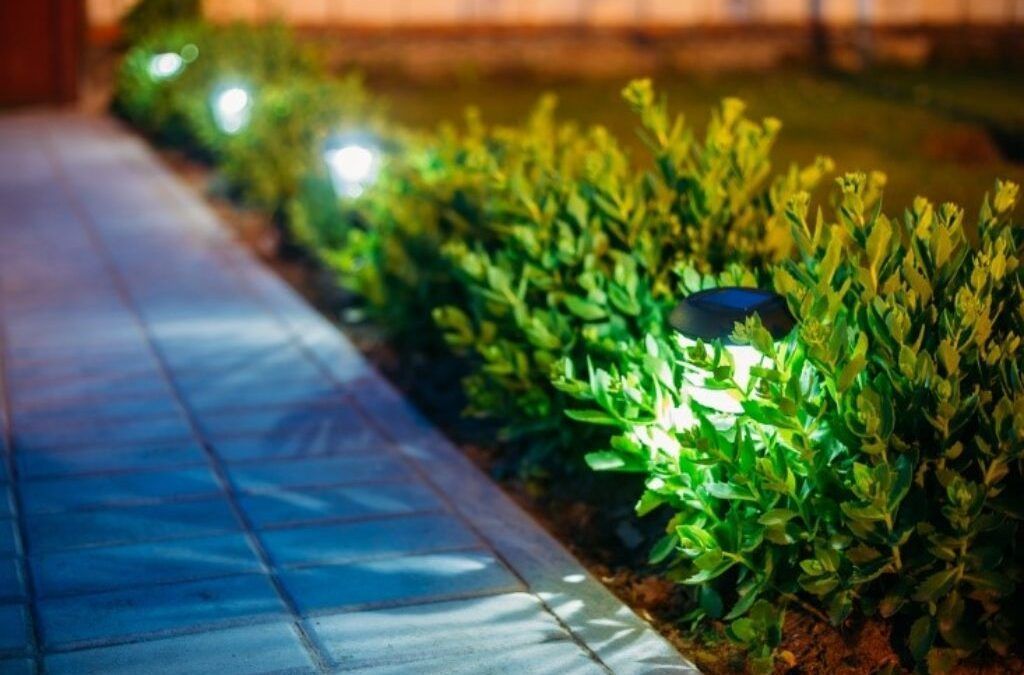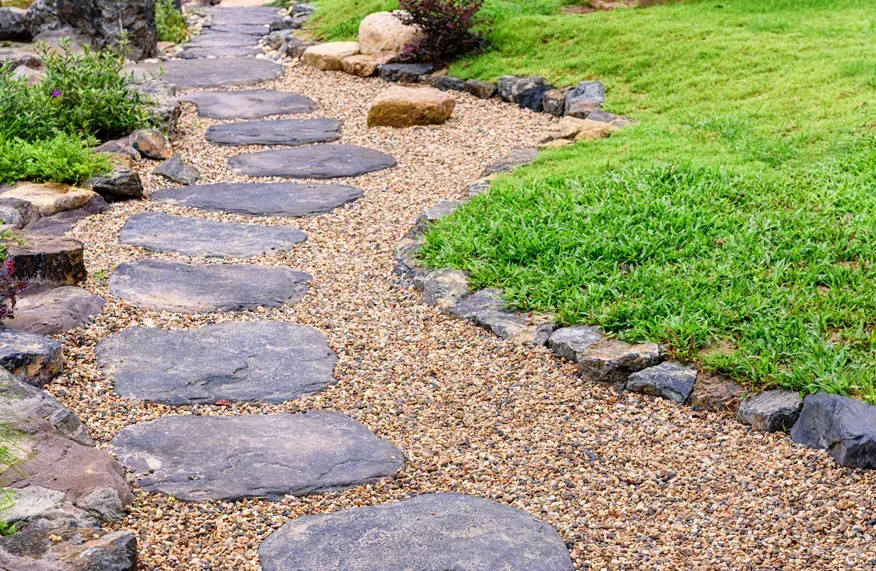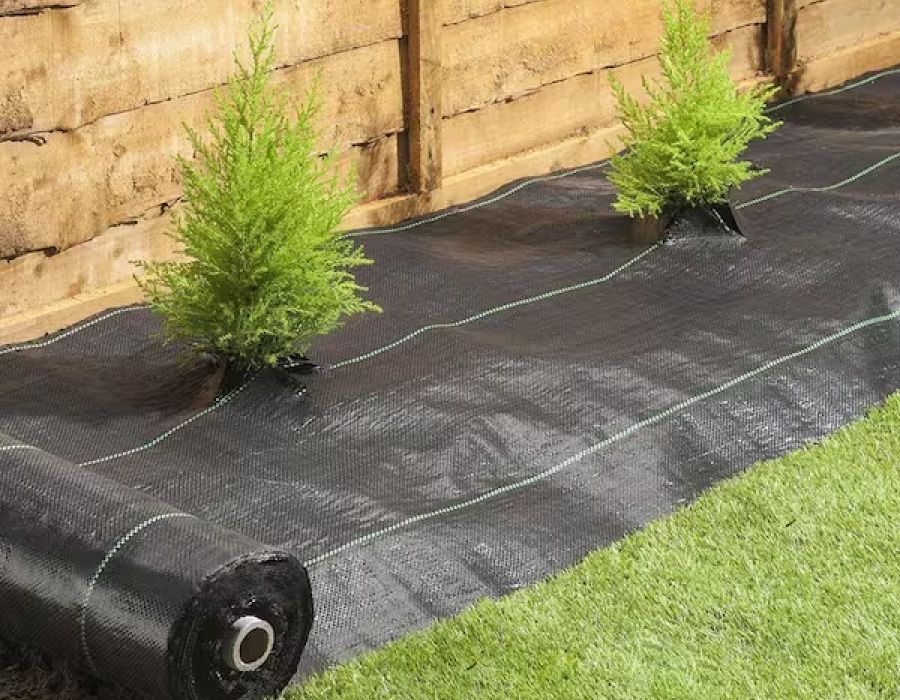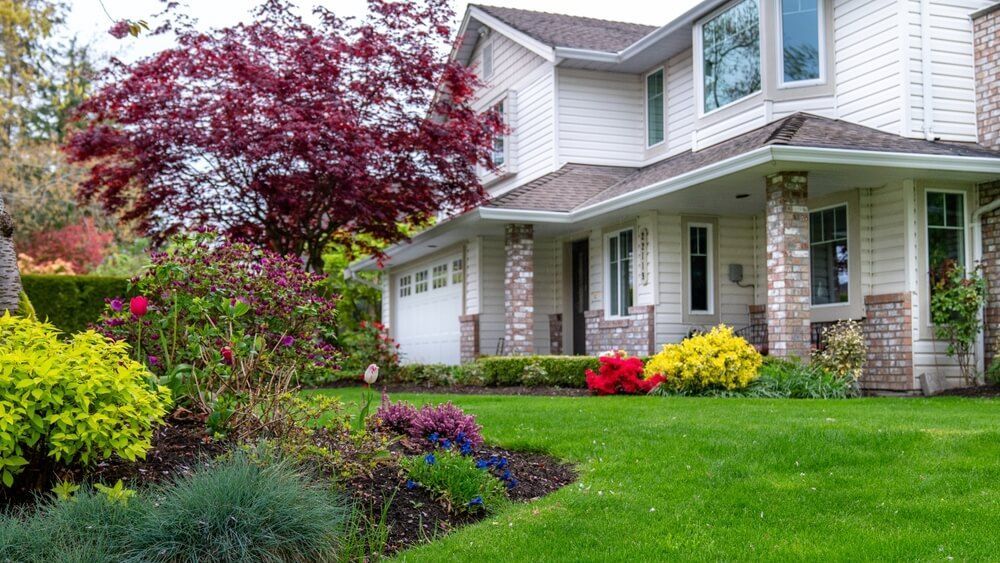What Are the Three Stages of Landscaping?
The three stages of landscaping, design, development, and maintenance, form the foundation of every successful outdoor transformation. You can start from scratch with design and then bring your vision to life through development, or simply maintain an existing landscape to keep it thriving. Each stage contributes to a landscape that strikes a balance between functionality, aesthetics, and long-term value.
The best landscape designer in Sandy, UT , carefully analyzes the land, creates tailored designs, and selects durable materials to ensure every project complements the property’s unique features while aligning with the homeowner’s goals. Understanding these stages enables property owners to make informed decisions that result in sustainable and visually appealing outdoor spaces.
Stage 1: Initial Planning and Assessment
The first stage of landscaping focuses on planning and assessment, laying the groundwork for a cohesive and efficient design process. Experts conduct a detailed site evaluation, examining soil quality, drainage, sunlight exposure, and existing vegetation. These factors reveal the land’s strengths and challenges, allowing for accurate project planning.
This phase also involves setting a budget, timeline, and project objectives. Homeowners often share preferences, inspirations, or feedback from prior experiences to help align the plan with their expectations. With a clear strategy in place, landscapers can create a roadmap that maximizes space potential while meeting both aesthetic and functional goals.
Stage 2: Landscape Design Development
The design development stage transforms ideas into visual plans. This is where creativity meets technical expertise, ensuring the final design is both practical and visually compelling. The process includes:
Conceptualization: Designers brainstorm and sketch layout options that integrate plants, pathways, lighting, and water features.
Detailed Planning: Selected concepts are converted into precise blueprints, specifying plant species, materials, and hardscaping details.
Client Collaboration: Continuous communication ensures the design reflects the homeowner’s lifestyle, vision, and budget.
Professionals use customer input and expert insights to produce a cohesive design that enhances curb appeal, usability, and long-term property value.
Stage 3: Material Selection and Procurement
In this stage, the focus shifts to selecting and sourcing materials that bring the landscape design to life. Every choice, from natural stone and timber to concrete pavers, affects durability, appearance, and maintenance needs.
Procurement specialists coordinate with trusted suppliers, inspect materials, and manage deliveries to ensure consistency and quality. This meticulous process ensures the finished landscape remains visually appealing and structurally sound for years to come.
Site Preparation and Installation
After planning and design are finalized, site preparation and installation turn the blueprint into reality:
Surveying the Site: Assess soil, drainage, and vegetation to determine optimal preparation methods.
Clearing and Grading: Remove debris and level surfaces for stability and proper water flow.
Installing Hardscapes: Build essential structures such as retaining walls, patios, or walkways based on the approved design.
These steps provide the physical foundation for both softscaping and hardscaping elements to thrive.
Planting and Hardscaping
During this phase, plants and structural elements are strategically placed to achieve a balanced, inviting look. Professionals consider factors such as local climate, soil type, and plant compatibility to ensure sustainability.
Hardscaping elements, including stone paths, pergolas, and retaining walls, introduce structure and character, while carefully selected plant groupings create harmony and texture. Proper scale, proportion, and balance are key to an enduring design that enhances both beauty and function.
Ongoing Maintenance and Care
The final stage of the landscaping process emphasizes maintenance, the continuous care needed to preserve the landscape’s health and visual appeal. This includes:
Regular Watering and Fertilizing: Ensuring plants receive appropriate moisture and nutrients for consistent growth.
Weeding and Pruning: Keeping plants healthy, controlling overgrowth, and maintaining a neat appearance.
Seasonal Cleanup and Inspection: Addressing issues like pests, diseases, or damage before they escalate.
Routine maintenance helps landscapes mature gracefully, ensuring they remain both attractive and functional year-round.
To summarize, there are three stages of landscaping: design, development, and maintenance. Whether starting from scratch or refining an existing outdoor area, these stages ensure that every project achieves harmony between creativity and structure.
By investing in thorough planning, expert design, and consistent care, homeowners can create a sustainable and visually appealing outdoor space that enhances their property’s beauty, usability, and long-term value.
Contact Us
We’re excited to help you transform your outdoor space! Whether you're interested in a new driveway, a backyard makeover, or a custom walkway, our team at Ironwood Landscaping is here to assist you every step of the way.
📞 Call Us: (801) 823-2939
📧 Email Us: ironwoodlandscaping.utah@gmail.com.
🕒 Business Hours:
Monday to Friday: 8:00 AM – 6:00 PM
Saturday: 8:00 AM – 2:00 PM
Sunday: Closed
📍 Visit Our Showroom: 10561 Amaryllis St, Sandy, UT.
💬 Online Form: Use the online form to send us your details, and we'll get back to you as soon as possible. We look forward to helping you bring your landscaping vision to life!
Related Topics:
- How to Design Landscape Lighting for Beauty and Safety
- What is Grading in Landscaping and Why It Matters
